#leafy greens
Text

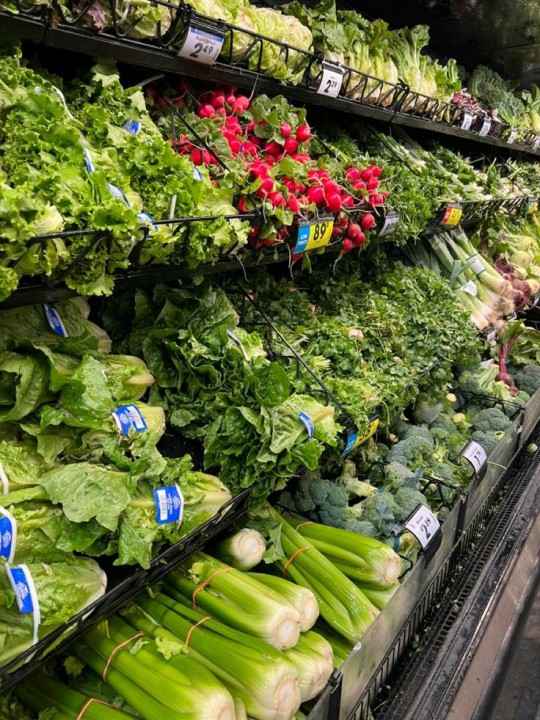





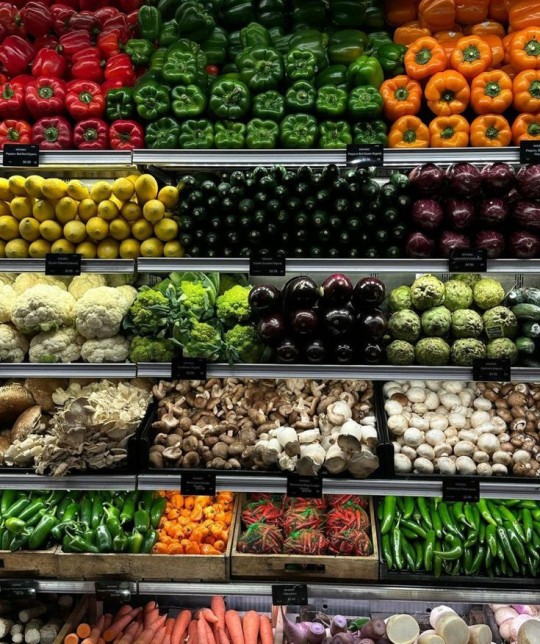
#fruit aesthetic#fresh fruit#fruits and vegetables#fruit#vegetables#greens#healthy lifestyle#healthy food#healthy#watermelon#cherries#pineapple#orange#blueberry#strawberries#farmcore#naturecore#soft life#soft lifestyle#leafy greens#lifestyle
1K notes
·
View notes
Text
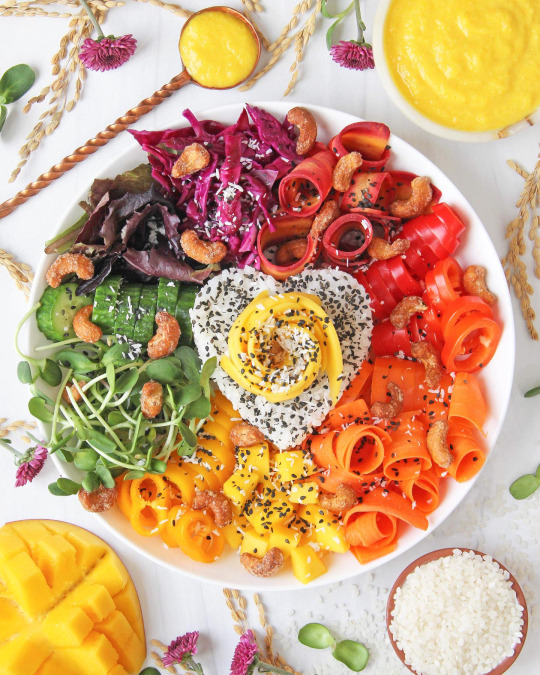
Spicy Mango Rice Bowl (Vegan)
#vegan#lunch#dinner#rice bowl#rice#mango#carrots#bell peppers#cucumber#cabbage#leafy greens#sprouts#coconut#sesame seeds#cashews#sauces#coconut cream#cayenne#lime#sea salt#eat the rainbow
68 notes
·
View notes
Text

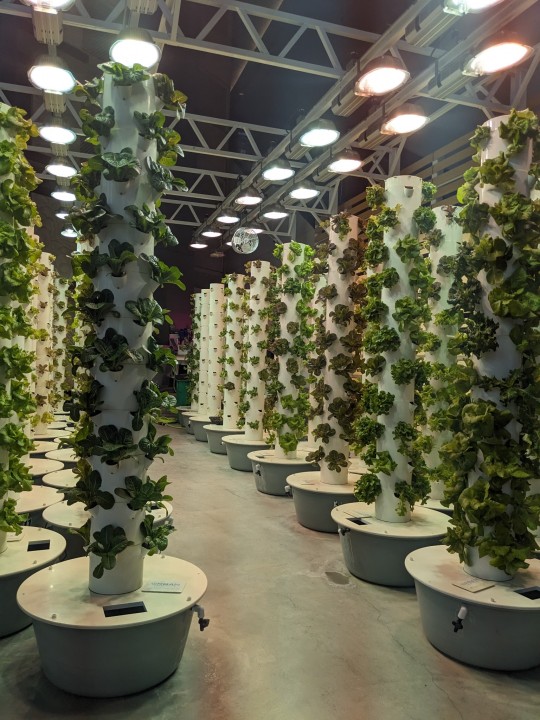

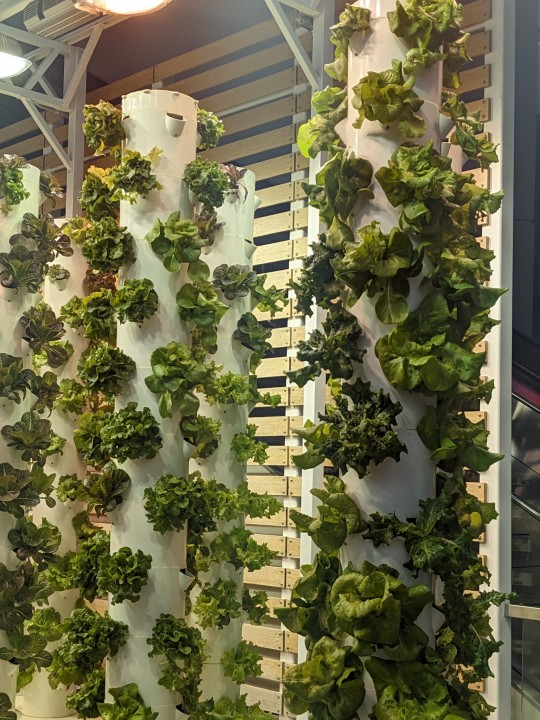
70 notes
·
View notes
Text



#420 blaze it#marijuana#420community#smoke weed#weedsociety#weed lovers#maryjane#420 daily#weed life#420everyday#weed smokers#weed photography#trees#leafy greens#weed love#mountains#girls who get high#highsociety#stoner babe#smoke weed everyday#smoke a joint
43 notes
·
View notes
Text






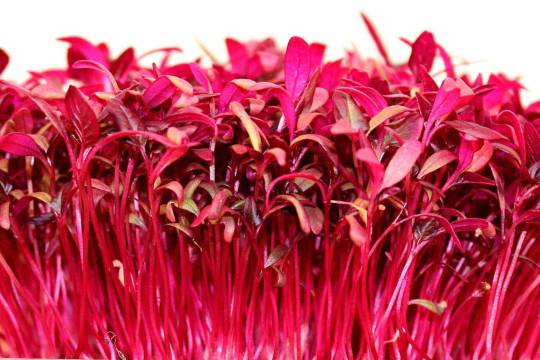
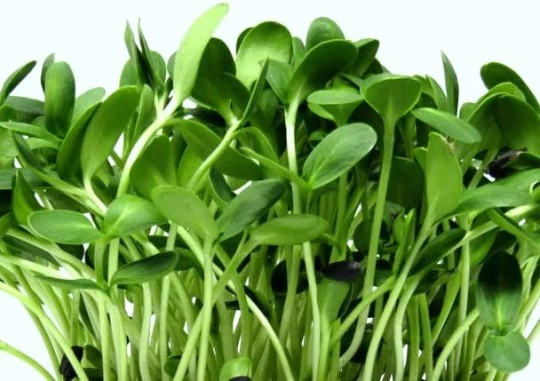
🌱☘️ microgreens varieties ☘️🌱 grow & eat your mini greens
Pictured: broccoli, beet, radish, wheatgrass, alfalfa, purple basil, amaranth, sunflower
[Wikipedia] Microgreens are vegetable greens (not to be confused with sprouts or shoots) harvested just after the cotyledon leaves have developed with one set of true leaves. They are used as a nutrition supplement, a visual enhancement, and a flavor and texture enhancement. Microgreens are used to add sweetness and spiciness to foods. Microgreens are smaller than “baby greens” because they are harvested very soon after sprouting, rather than after the plant has matured to produce multiple leaves. Among upscale grocers, they are now considered a specialty genre of greens, good for garnishing salads, soups, sandwiches, and plates.[1][2] They can be used as a main vegetable as well in certain recipes for added flavor and nutrition.
Somewhere between a sprout and a baby veggie
“Microgreens are also called ‘vegetable confetti’ because they are tiny, beautiful greens characterized by a variety of colors and shapes, as well as by very different and intense, sometimes surprising, flavors,” Di Gioia says. There are hundreds of different varieties of microgreens. Pea, sunflower, broccoli, and radish microgreens are some of the most popular varieties among Matchett’s customers. Other varieties include beets, Swiss chard, cucumber, sweet pea, endive, savoy, Brussels sprouts, mustards, cauliflower, tatsoi, spinach, kohlrabi, mint, basil, sorrel, cauliflower, arugula, collard, fenugreek, carrot, mizuna, corn, turnip, chervil, celery, scallions, and komatsuna...
“Over the last few years, several studies have suggested that microgreens are nutrient-dense, being a good source of essential minerals, vitamins, and antioxidants,” Di Gioia says. While “there is a lot of variability between species and growing conditions,” as Di Gioia points out, generally speaking microgreens often have a greater concentration of these micronutrients than their full-grown counterparts, pound for pound. Many microgreens are four to six times higher in vitamins and antioxidants than the fully grown plant, according to the U.S. National Library of Medicine. (source)
#p#good eats#herbarium#holistic healing#holistic health#herbalism#nutritarian#vegan#vegetarian#leafy greens#fitblr#leveling up#nutrition#gastronomy#gardening#microgreens#GBOMBS#moodboard#sidewalkchemistry#food centric herbalism
272 notes
·
View notes
Text

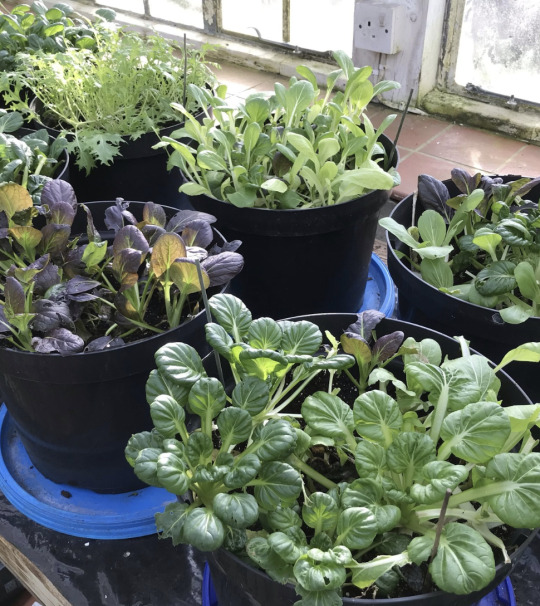

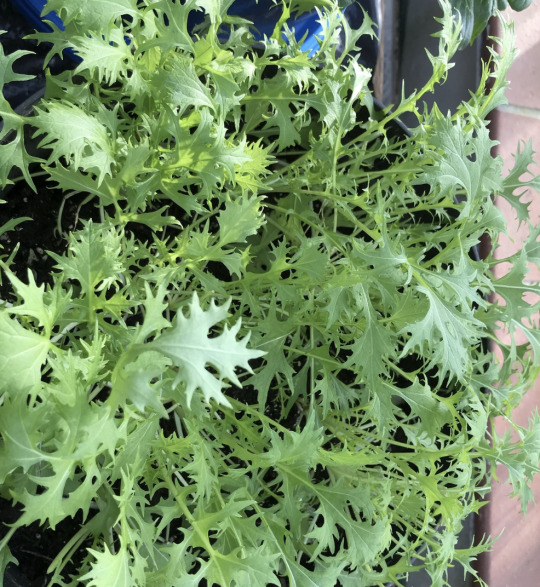
Did you know that certain types of salad plants can be grown year round here in southern England? This is our "leaf table" in the ye olde greenehouse, which supports a variety of fresh tasty salad plants during the winter. By keeping the plants in a greenhouse, they are protected from frost and intense rains. The green "curtains" in the corner are agricultural cloth blankets we place over the pots on the coldest nights. The south-facing side of the greenhouse receives maximum light and warmth on short winter days, helping the plants maintain a slow but steady growth rate. Unfortunately, due to the short day lengths and low temperatures, the plants grow much slower than in the spring and summer so we must harvest them conservatively.
Some garden plant species I recommend for winter salad cultivation are shown in the photos following the main view of the table.
Tat Soi (Brassica rapa var. rosularis) and Pak Choi (Brassica rapa subsp. chinensis). The Tat Soi are the dark green plants with rounded leaves and the Pak Choi are the plants with oval pale green leaves. Both of these East Asian traditional cabbage varieties can be allowed to mature into large plants or picked regularly to keep them small.
Komatsuna (Brassica rapa var. perviridis). This petite cabbage variety comes from Japan and has a crunchy texture.
Mizuna ( Brassica rapa var. niposinica). I was surprised that the spiky Mizuna is the same species as the other leaves. Unlike the mellow leaves, it has a spicy arugula-like flavour. I recently learned that Mizuna is among the plants astronauts have grown on the International Space Station!
Our final plant is NOT a Brassica rapa! This plant is called Miner's Lettuce (Claytonia perfoliata). This dainty plant comes from mountain and coastal regions of North America and Central America, and is named because gold miners in California ate this plant to prevent scurvy, a vitamin C deficiency disease.
#katia plant scientist#botany#plant biology#plants#plant science#greenhouse#gardens#gardening#grow your own food#grow your own#lettuce#mizuna#tat soi#bok choy#asian greens#leafy greens#salad#winter#winter garden#green academia#potted plants#indoor garden#indoor farming#healthy eating
14 notes
·
View notes
Text
Shrimp, shrimp, shrimp of the Jungle, busy as they can be....

10 notes
·
View notes
Text
Read if ur into angst, fluff, and our lovely little greens.
#ppg#powerpuff girls#ppg buttercup#the powerpuff girls#ppg 1998#ppg butch#rb is my hero#butch#buttercup x butch#leafy greens#notice me sbj#powerpuff butch#powerpuff buttercup#ppg fanfic#fanfic#sbj more than human#sbj mth
28 notes
·
View notes
Text
i'm not adding cannnabis <3
#spinach#spinach appreciation#lettuce#lettuce appreciation#cabbage#cabbage appreciation#leafy greens#i don't like cannabis they're weird#and not a true leafy green#i'm voting spinach hes silly goofy
40 notes
·
View notes
Photo
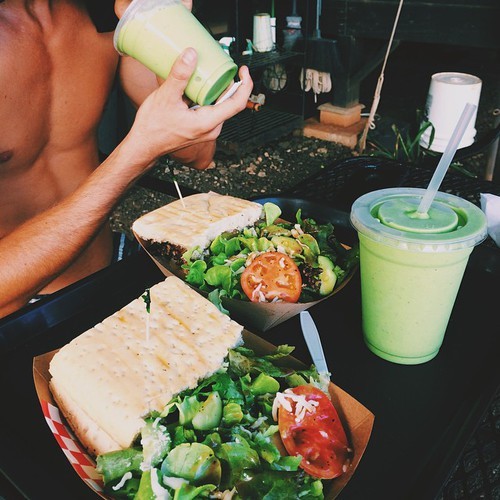
#salads#healthy food#healthy eating#healthy living#healthy#Food Blog#foodie#foodlover#foodstagram#sweet food#foodphotography#foodprep#foodpost#foodpics#foodporn#tomatoes#tomato#leafy greens#avocado#cucumber
75 notes
·
View notes
Text

My current food obsession is arugula. It's so good.
Arugula+ balsamic vinegar (oil optional) + some fruit + some nuts/seeds + vegan goat cheese/brie/blue cheese (I buy all the non diary cheeses) = a delicious treat
Also good on sandwiches and as a topping for bowls
#fitblr#fitness#personal#food#vegan#leafy greens#arugula#just a pic of greens#idk man they are just slapping
41 notes
·
View notes
Text
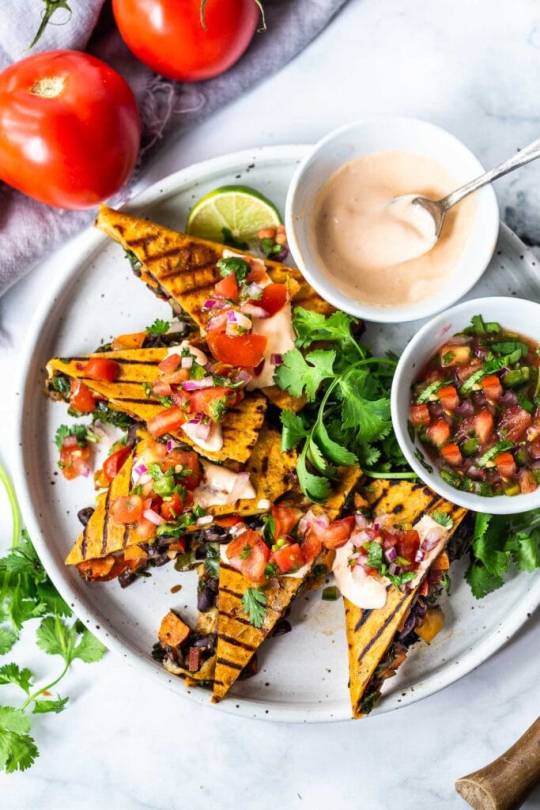
Farmer’s Market Veggie Quesadillas (Vegan)
#vegan#lunch#quesadillas#wraps#tortillas#tomatoes#zucchini#summer squash#bell peppers#mushrooms#broccoli#sweet potatoes#corn#onion#garlic#oregano#cumin#coriander#chili#leafy greens#cilantro#beans#vegan cheese#lime#vegan sour cream#hot sauce#olive oil#sea salt#pico de gallo
72 notes
·
View notes
Note

i’m so honoured that you figured i knew the vibe, love ;;w;; 💚💚💚💚 rattling you though because that prompt was delicious!!!! haha!
Nah man. I gave you the base ingredient. You added the spices and flavor. I am the customer, you are the chef! <3 bites you in a queer, yet platonic manner
3 notes
·
View notes
Text
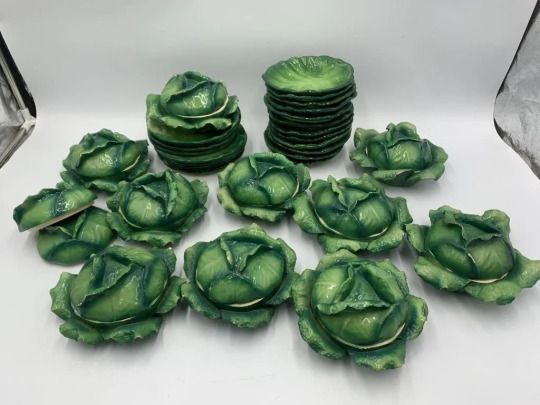
Ceramic Cabbage Dishes
#cabbage#ceramic#plates#leafy greens#thrift#thrifting#estate#estate sale#auction#bidding#link#online#auctioned
5 notes
·
View notes
Photo





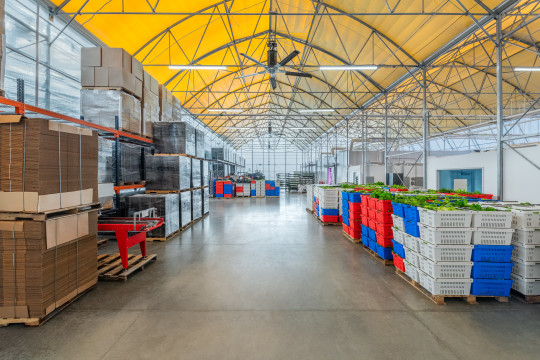

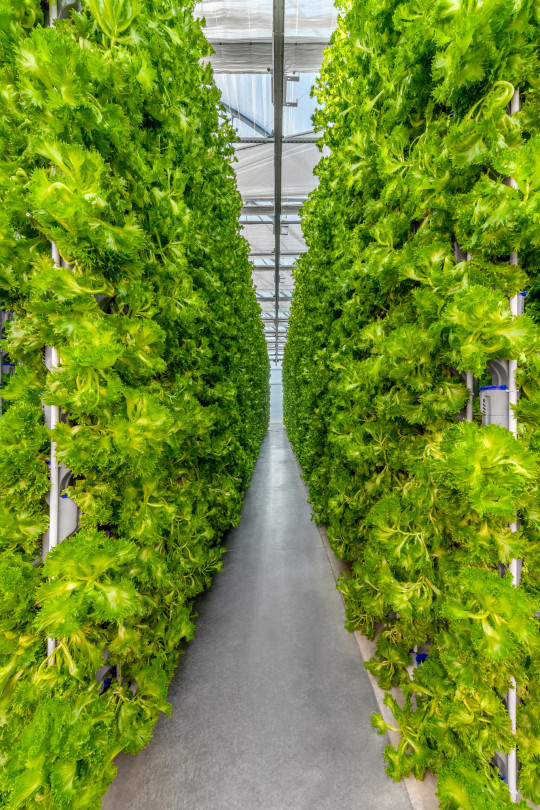
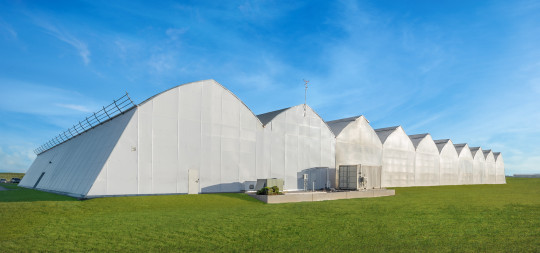
Ryan Companies built the newly developed 2-acre vertical farming greenhouse for Eden Green Technology in Cleburne, Texas.
The facility will produce approximately 1.8 million pounds of greens annually in the 62,500-square-foot space that will grow more than 200 products. That’s 11 to 13 harvests per year compared to 1-2 harvests that traditional farming methods produce. This greenhouse module strives to use 99% less land and 98% less water than soil-based farms. Eden Green donates 10 percent of their yield to charity. The rest is pre-sold to retailers and distributors.
© Wade Griffith Photography 2023
#architecturalphotography#cleburnetexas#edengreen#edengreentechnology#greenhouse#moderngreenshouse#ryancompanies#vertical farming#vertical greenhouse#leafy greens#construction#modern farming
5 notes
·
View notes
Text



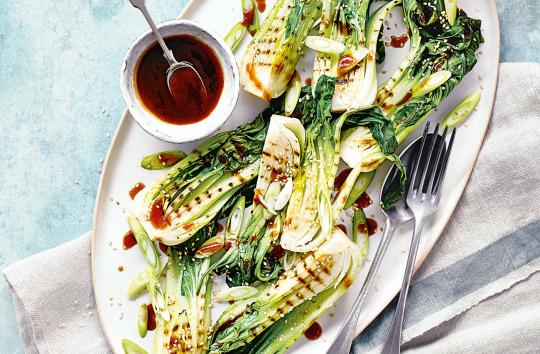

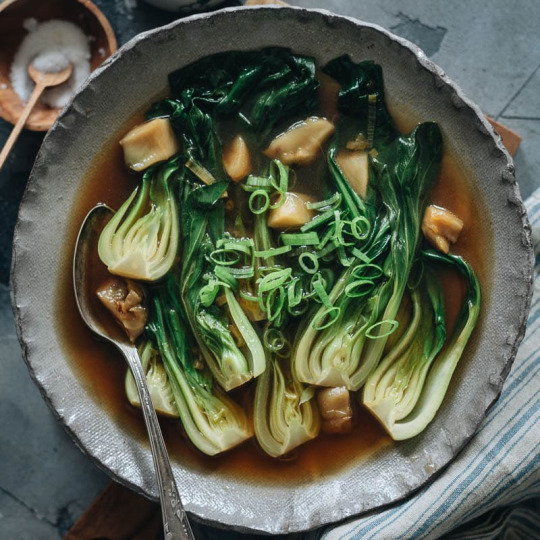


🥬🥬 bok choy dishes 🥬 🥬 leafy greens everyday
#p#good eats#leafy greens#GMBOMBS#gastronomy#bok choy#pak choi#nutritarian#vegan#vegetarian#holistic healing#holistic health#herbalism#leveling up#herbarium#tatsoi#fitblr#dream garden#kitchen witch#sidewalkchemistry#moodboard
254 notes
·
View notes